You might shock to see your messy rush after a long day of painting. If you don’t react immediately, then the bristles’ residue will get harder and become difficult to eliminate. To tackle this situation, all you need to know is the best possible method to clean polyurethane brush on the spot.
Whether you are washing a water-based brush or trying to remove the oily paint stuff from your brush, you never need a massive list of gadgets.
This cleaning process can only be done with the right technique, which is explained here.
How to clean a polyurethane brush?
- Arrange three wider cups of water to halfway.
- Now, place the polyurethane brush in the first cup and bend it in all directions until the water gets dirtier.
- Do the same process with all the cups.
- Finally, wash the brush with soap and put it under running water to clean it.
What is Polyurethane?
Polyurethane is basically a coated layer of dense liquid that is used in many sealants, varnishes, and beddings.
Because of its density, this form of liquid dries faster than typically other liquids, making it hardened.
It is used to help in the prevention of many defects such as corrosion, weathering, and all other deteriorating processes.
Types of Polyurethane
Furthermore, to let you know about the types of polyurethane, we have the following details.
There are two basic types of polyurethane;
- Water-based polyurethane.
- Oil-based polyurethane.
Check out the polyurethane container to identify the type of polyurethane. The polyurethane containers usually have the type written on them.
1. Water-Based Polyurethane
Water-based polyurethane is well known for its low odor and toxicity and has been used mainly over the years.
One of the most distinctive features of water-based polyurethane is that it doesn’t allow the original color of wood to wear off or add any different color to it.
On the other hand, there are still many safety precautions to be kept in mind while using it.
2. Oil-Based Polyurethane
Oil-based polyurethane is much cheaper than water-based polyurethane and is a bit more durable than water-based.
However, one of the important things to keep in mind is that oil-based polyurethane has a specific odor that is strong.
So you must need air to dry by keeping either the fans on or windows open for at least a couple of days to let It dry entirely and get rid of the strong smell/odor.
It also leaves a few slightly yellow color sheens with multiple coatings and typically dries slowly with time.
Now with the help of the above-provided information, we’ll make it easy for you to further get into the steps of cleaning water-based as well as oil-based polyurethane from the brush.
How to Clean Water-Based Polyurethane Brush
The process of cleaning a water-based polyurethane brush is quite an easy and effortless task.
You’ll just be taking out a few minutes after the painting and brushing to let your brush clean out from the polyurethane.
Tools Required to Clean Water-Based Polyurethane
- Running water
- 2-3 jugs of water
- Pair of gloves (optional)
- Soap or a dishwashing soap
Steps to Clean the Water-Based Polyurethane Brush
 Step 1. Jugs of Water
Step 1. Jugs of Water
So firstly, you’ll need to get around 2-3 jugs of water filled for the brush to be soaked within the water.
 Step 2. Putting the Brush in Water
Step 2. Putting the Brush in Water
After you have a jug full of water, now it’s time to soak the brush into the jug of water until the polyurethane comes off of it.
 Step 3. Moving on to the Next Jug
Step 3. Moving on to the Next Jug
When you feel that the water has become dirty, you must move on to the next jug of water and soak the brush in it until you feel that the brush is finally clean enough to be taken out of it.
 Step 4. Washing the Brush with Soap
Step 4. Washing the Brush with Soap
After the water and soaking part, it would be best to head over to the sink or the faucet of running water for the rinsing of the brush.
You can now either wear a pair of gloves on your hands or else scrub the brush with your bare hands.
Safety Tip
It would be best to use a pair of gloves to scrub the brush with soap as bare hands may damage your skin and dry it up!
 Step 5. Drying It Up
Step 5. Drying It Up
After you have entirely washed the brush and soaked it within the jug of water, now it’s time to hang it up somewhere safe, like even over the sink or bathroom, to let it dry.
This may take a day to dry up completely.
How to Clean Oil-Based Polyurethane Brush
Before we get into the cleaning process of oil-based polyurethane brushes, we must know the fact that these oil-based brushes are much more dirty and sticky than the usual synthetic brushes.
But don’t you worry about that as we will guide you to clean these brushes with excellence as well.
Tools Required to Clean Oil-Based Polyurethane Brush
- Pair of gloves (optional)
- Water (preferably three jugs)
- Mineral spirits, paint thinner, or turpentine
- Running water
- Nylon scrub brush
Steps to Clean the Oil Base Polyurethane Brush
 Step 1. Pour the Mineral Spirits
Step 1. Pour the Mineral Spirits
The first step here to be taken is to pour the mineral spirits or the paint thinner into two or three cups.
 Step 2. Dip the Brush Into the Mineral Spirit
Step 2. Dip the Brush Into the Mineral Spirit
Submerge the brush into the mineral spirit and hold it down until the bristles get covered. After this, you have to stir the brush in the cup of mineral spirit from all sides to coat each part of the bristles.
Moving on to the next cup filled with mineral spirit
When you feel that the color of the water changes to a shade of dark brown, it would be best to move on to the next cup.
Keep in mind to notice and wait patiently until the color gradually changes.
 Step 3. Scrubbing the Brush Underwater
Step 3. Scrubbing the Brush Underwater
Even if the mineral spirits have cleaned and washed the brush, there is still a need to scrub the brush under running water to make sure the bristles are perfectly clean from the oily polyurethane.
 Step 4. Using the Nylon Brush
Step 4. Using the Nylon Brush
The last thing you need to do with the brush is to gently bring down the brush, clean the sink faucet, and scrub it down using a bar of soap with your hands or by wearing safety gloves.
 Step 5. Drying the brush
Step 5. Drying the brush
The final part here is to let the brush dry after you have entirely washed it by keeping the brush hanging over the sink or faucet.
To make it perfectly oil-free, try to repeat this procedure at least more than once so that the results can be much better.
Useful Tip
It would help if you consider using the brush combs that can be connected with the brush for effortless and accurate cleaning as it is a convenient tool while brushing.
FAQs – Frequently Asked Questions
How Do You Remove Dried Polyurethane from A Brush?
You have to scrub the brush under running water to remove the stains; if the messes get older and dried, you can pour it in a mineral spirit and then place it under running water to remove it easily.
How Do You Clean a Polyurethane Brush without Paint Thinner?
Many specialists recommended using mineral oils or liquid detergents to remove the tougher stains from a polyurethane brush. You can also mix your traditional soap with baby oil to make a solution for cleaning polyurethane brushes.
What Do You Do with A Brush Between Coats of Polyurethane?
If you are looking for multiple coats of polyurethane brush, you should clean the brush with mineral spirits for better performance in the next coat.
How Do You Clean a Polyurethane Brush with Paint Thinner?
You can fill a bowl with paint thinner halfway and dip your polyurethane brush in it. Now leave the brush in this bowl for at least 10 to 15 minutes and remove the brush from the bowl. Finally, rinse it with lots of warm water and dry the brush with a towel.
Does Mineral Spirits Remove Polyurethane?
Mineral spirits usually don’t affect the polyurethane, but it might soften your brush, and some of its material may be wiped off due to a stronger mineral spirit effect.
Conclusion
So, We have tried to cover each and every aspect related to the cleaning procedure of the polyurethane brushes.
We have also explained some of the easy steps to clean the polyurethane brushes, either the water-based polyurethane or the oil-based are useful in their respective conditions.
We hope that this article will definitely help you learn more about the cleaning procedure for polyurethane brushes and allow you to clean the polyurethane brush quite efficiently.
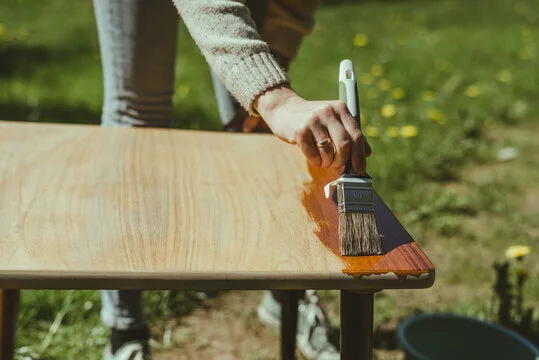

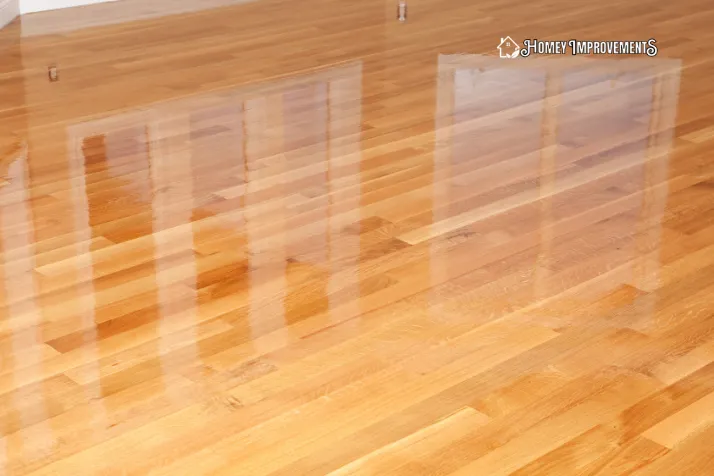
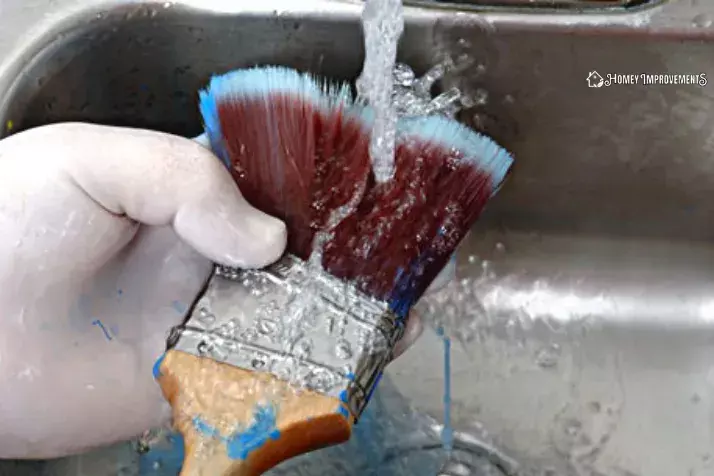
 Step 1. Jugs of Water
Step 1. Jugs of Water Step 2. Putting the Brush in Water
Step 2. Putting the Brush in Water Step 3. Moving on to the Next Jug
Step 3. Moving on to the Next Jug Step 5. Drying It Up
Step 5. Drying It Up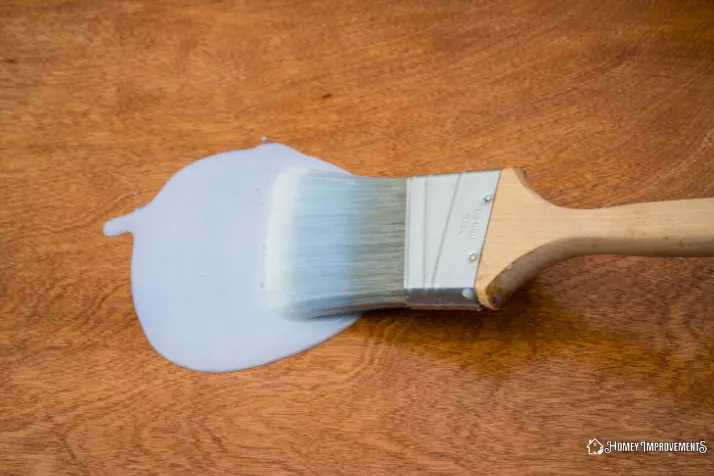
 Step 1. Pour the Mineral Spirits
Step 1. Pour the Mineral Spirits Step 2. Dip the Brush Into the Mineral Spirit
Step 2. Dip the Brush Into the Mineral Spirit Step 3. Scrubbing the Brush Underwater
Step 3. Scrubbing the Brush Underwater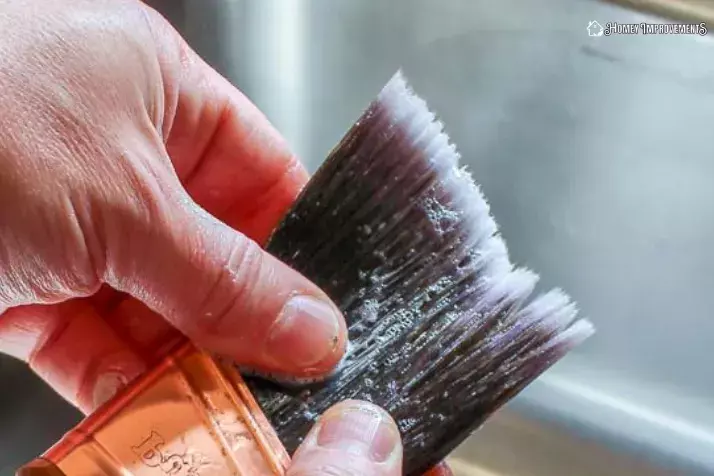
 Step 4. Using the Nylon Brush
Step 4. Using the Nylon Brush Step 5. Drying the brush
Step 5. Drying the brush
Leave a Reply